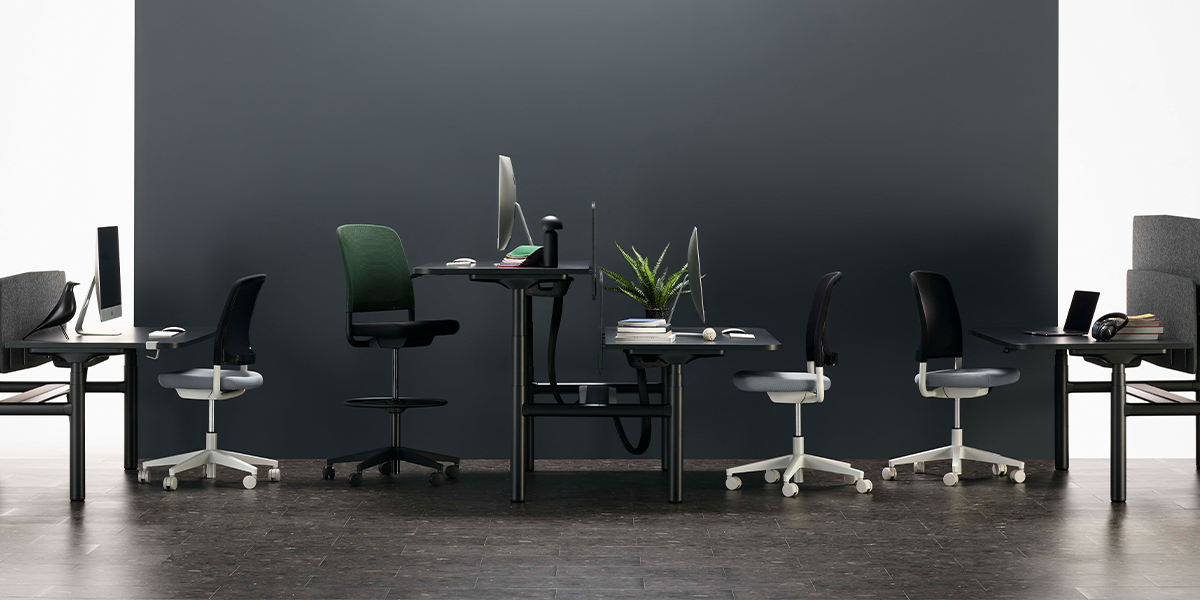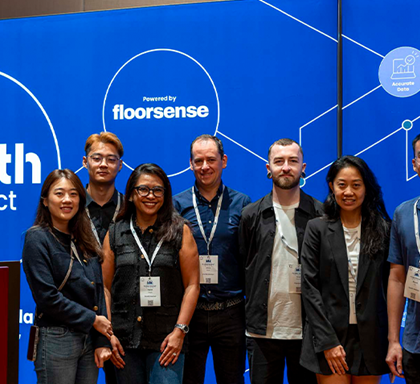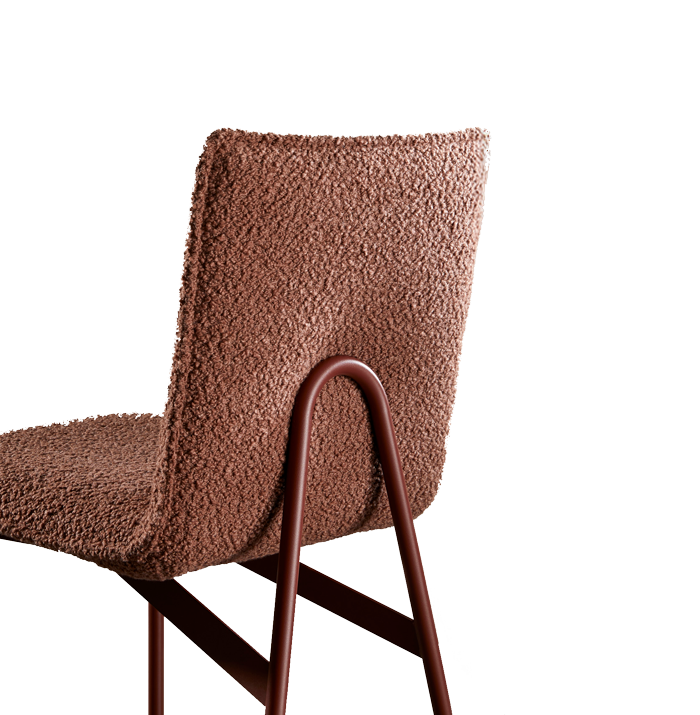

In the realm of furniture design and manufacture, Zenith makes an indelible imprint in the world of architecture and design. For years this company has been at the apex of business and today it is more resilient, respected and adaptable than ever before.
With a bounty of collections and products for its many showrooms located in the Indo-Pacific region, Zenith is powering ahead, creating and supplying furniture and providing solutions for designers and end users in multiple countries, enabling design for best practice, sustainability and functionality.
Speaking with Zenith Creative Director, Oliver Field, we can draw a picture of the business of Zenith and what sets it apart from its peers. Through this in-depth interview we are introduced to Zenith’s own Design Studio and discover that it is at the very heart of all that Zenith undertakes. We explore the process of conceiving and manufacturing products and also come to understand the magic that Zenith’s Design Studio brings to the company.

Oliver Field, Zenith Creative Director
Jan Henderson: Zenith is renowned as Curators of the Modern Workplace. You offer so much choice in products and ranges for the architect and designer, but you also have a ‘not so secret weapon’, your own in-house Design Studio.
Can you tell me about the Design Studio?
Oliver Field: Over recent years, we have shaped our practice with the ambition to become more vertically integrated. As we have matured in our design sensibility, we have also consciously and strategically built a diverse product portfolio. From a design perspective, we love creating large product families with a singular design language. This showcases the depth in our localised manufacturing and provides our clients with ability to offer visual and functional consistency throughout the entire floor plan.

Alpha Space Work/Whiteboard
We are a multidisciplinary studio and take great pride in developing our products from concept through to production. This takes many people with very diverse skill sets. Our diverse internal development team sets us apart and includes concept designers, mechanical engineers, gaming developers, upholsterers, CNC programmers, animators, and prototype technicians. All these roles are critical for enabling us to service our sales teams and create products for our six major furniture categories.

In-house upholstery-Zenith Kingsgrove Manufacturing Facility
From a design perspective, we believe that having our studio located within our manufacturing facilities is also a superpower. Our designers and engineers work alongside our production teams, this encourages knowledge sharing and reduces our development time. Our early engagement with production often sparks the confidence to invest in new production equipment, expand our material selections and invent new production processes. For us, this close relationship with our factory is critical for a healthy and innovative design studio.
JH: Was the Design Studio something that started with the business or came along later? In either case, why?
OF: The studio has evolved and matured over the years. One characteristic that has remained constant in our studio is that we are responsive, meaning we can react and adapt to changes in the market very quickly. Having this innate malleability enables us to respond to the changing needs of the market quickly, we can then innovate and pivot accordingly.
JH: Why is it important for Zenith to have its own in-house Design Studio?
OF: There are two fundamental advantages to having an internal design studio, these being agility and knowledge. Speed is critical, and having our own design studio gives us the ability to react fast. Having the internal ability to quickly react to shifts in the market is mission critical for us. Having an internal design team provides the ability for knowledge to be shared directly from our extensive client base and knowledgeable sales teams.
JH: Who designs the products? Is it one person, a collaboration or something else?
OF: In recent years, we have invested heavily in our own ideas. These ideas have been developed by our internal design and engineering team. We also enjoy working with external designers and make a conscious effort to collaborate with independent design studios.

Alter Seating Collection
JH: How do you decide what to design?
OF: We continually aspire to have a well-balanced product offering. For us, this equates to having highly considered products which address the diverse spaces in the contemporary workplace. We continually reflect on our product portfolio and compare this with where we anticipate future product needs. We then formulate a design brief from this evolving understanding.

Mekos Table and Denn Chair
JH: What is the process when you decide to put a design into manufacture?
OF: Our process is very inclusive. Once we have developed an idea into a concept, we then begin a series of reviews which include an internal advisory team, this includes members from sales, project management and production. This ensures our products meet the functional requirements for all our regions and can be produced by all of our four manufacturing facilities.
JH: How long does it take to bring a product to commercial reality and to the showroom floor?
OF: Each product is different. We develop product across six furniture categories which vary dramatically. These variable considerations include mechanical complexity, electronic integration, material selection, production method and scale. Products that require large investment in complex tooling like the JAC seating range for example take a much longer development time compared to a product like Platforma that is programming based rather than tooling centric.

Jac Seating, Platforma Coffee Table, Zenith Storage
JH: Where is your Design Studio located and does it service all the countries in the region where Zenith is located?
OF: Our studio is geographically diverse Our product development team is spread across three different locations, Melbourne, Sydney and Shanghai. Each location is also a major manufacturing facility which gives us the ability to have a symbiotic relationship with production.
JH: When designing products are there changes that need to be made for the requirements of different areas of the region? If this is the case, then having the studio ‘on hand’ would make this a less complicated proposition?
OF: Our aim is to localise any new design to all our regions simultaneously. This deepens the design complexity because we must work through both, the market and manufacturing nuance for each region. This is particularly prevalent for large product families that feature a consistent design language. For example, varying soft wiring preferences, electronic certifications, and performance certifications.
Our internal design studio enables us to integrate these multi regional design considerations into our products from the early concept stage. This reduces our development time and gives us greater confidence that our products align with the varying market expectations in each region.

Orbis Adapt Workstation and Denn Task Chair
JH: As a Design Studio are you setting the design agenda or replying to customer’s requirements or both?
OF: As a studio, we concurrently practice both reactive and anticipatory design development methods. Our reactive approach is influenced by current market drivers. These are based on sales feedback, and learnings from our technical support team. Our anticipatory approach is based on opinions based on our own research into future ways of working.
With Zenith’s Design Studio as the backbone of the company, it’s easy to see why this business keeps powering ahead. Adapting to the times future-proofs Zenith and provides clients with the opportunity to design a better world – wherever they may reside in our region. With its own in-house Design Studio, Zenith continues maturing as leaders in workplace design.

Estate Table, Jac Chairs, SOL-Mix Seating
Article written by Jan Henderson, Editor at INDESIGN Media Asia Pacific for Indesignlive.com.
See article here.
Related
News.
View all
View all Articles


Zenith Connect exhibits at Singapore Workplace Summit 2024
Zenith Connect bring their tech integrated furniture solutions to Singapore Workplace Summit 2024

